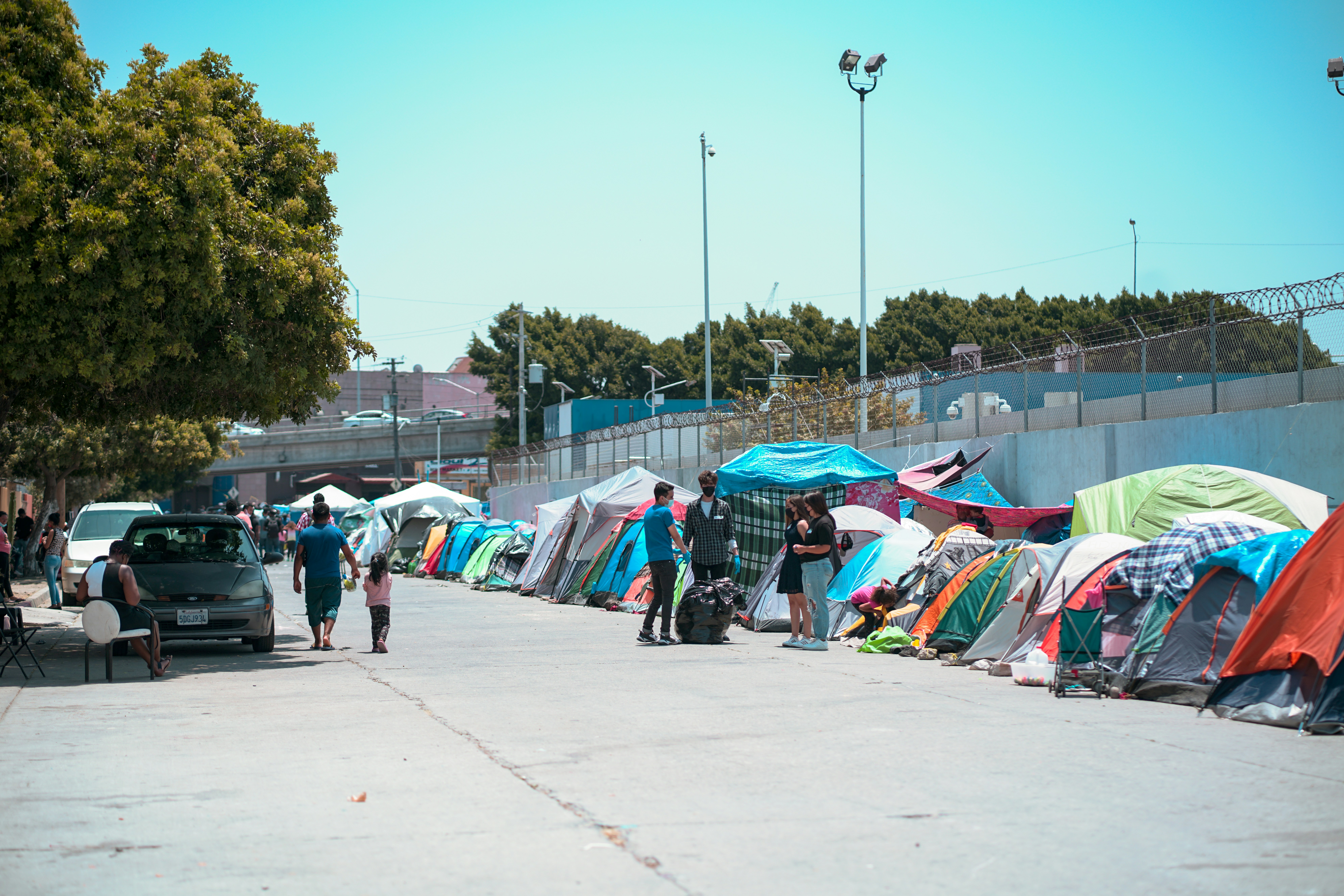Image credit: Unsplash
Los Angeles (LA) County sits well over the national average for food insecurity despite a slight decrease over the past few years. New studies show that LA County food insecurities decreased by 5% last year; however, 25% of households face difficulties putting food on the dinner table. With price cuts to food programs steadily increasing and persistent high costs, LA County authorities have some things to consider if they hope to reduce the insecurities endured throughout the city’s communities.
Los Angeles County Food Insecurity on The Rise
LA experienced a slightly promising 5% modification in 2023. Unfortunately, food insecurity in LA County maintains its alarming prominence well above the average nationwide. Additionally, surpassing the city’s pre-pandemic level, a new study finds that 25% of households within the county brave food insecurity as of October 2024. This percentage could roughly equate to around 832,000 households struggling to feed their families. Comparatively, the national average sits at 14%. 41% of LA County’s low-income homes faced food insecurity in 2024, while only 27% previously tackled insecurity before the 2020 pandemic.
With assistance programs being cut alongside food and housing expenses steadily increasing, LA residents in low-income households will continue to face this crisis if viable solutions aren’t presented soon.
Food Insecurity in LA County Before and After COVID-19
The never-ending high rates of nutrition insecurity, defined by limited access to nourishing foods, have impacted nearly 30% of LA residents. Asian communities were disproportionately affected, ultimately enduring higher rates of insecurity than any other racial or ethnic group at the time.
Many COVID-19 pandemic programs worked to provide federal food assistance and relief to underserved areas. In California, the primary initiative was known as CalFresh, while SNAP served as a national solution during the pandemic’s peak. LA County food programs additionally expanded to help decrease the prominence of food insecurity among low-income households in 2021. However, many of these initiatives were cut throughout 2022 and 2023. Rolling back these assistance programs while inflating continued its surge, diminishing all the efforts LA County has implemented over the last few years. Food insecurity amidst low-income households skyrocketed to 44%, transcending the pandemic’s maximum of 42% by July 2023.
LA County families experienced volatile food insecurity from 2021 to 2024. In December 2021, 17%, or around 553,000 households, endured nutritional instability. This number increased to 24%, or about 802,000 households, in July and December 2022. By July 2023, over one million (roughly 30%) households faced food insecurity. As of October 2024, the percentage decreased by 5%, with the number of households remaining higher than at any point in 2022.
Unfortunately, these disparities surpass the simple inaccessibility of food. Many households struggled to find healthy food options, with 35% of Asian residents specifically experiencing the highest rate of instability.
Researchers compared food and nutrition insecurity to identify racial disparities as well. Among Black and Hispanic residents, which previously sat at a rate of 31% and 32%, insecurity is now three times higher than it is among white LA County civilians, which sits at 11%. Conversely, around 14% of Asian residents reported food insecurity, showing a significant decrease from the previous rate the community experienced during COVID-19.
The Effect of Food Insecurity on Low-Income Households
As one might expect, low-income households remain the most prominent targets of food insecurity. Black, Latino, and young adult populations are among the highest groups hit the hardest.
Latinos make up 76% of residents impacted. 69% of Latino civilians affected are between 18 and 40, with 59% being women. Around 47% of the impacted households have children.
Methods to Mitigate Food Insecurity
Researchers propose some methods to mitigate food insecurity within these communities. The next steps include recommending investments in provably productive interventions and initiatives.
Supporting CalFresh and WIC should increase with affordable, healthy, and culturally relevant foods among communities of color. In the long term, these strategies can strengthen local programs to solve food and nutrition inaccessibility in the future. It may take some time to reduce the insecurity significantly, but achieving it is far from impossible.



































































































































































































































































































































































